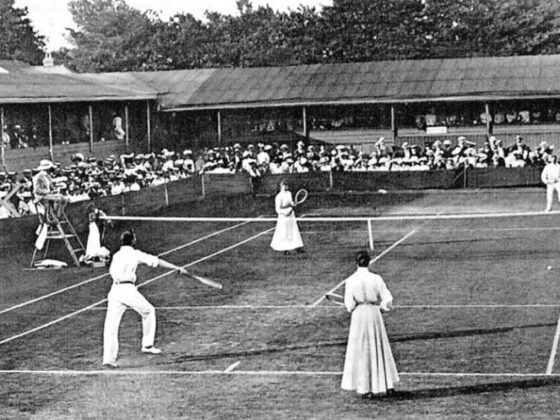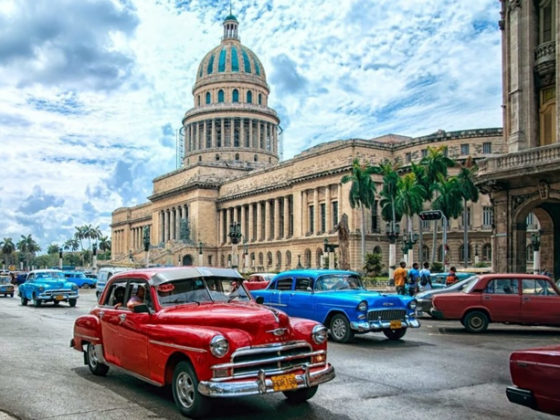Modern construction technologies almost always use various mastics that combine plastic properties and the possibility of connecting (gluing, cementing) of various substances. Mastic is a complex pasty mixture of natural (water, olifa, chalk, gypsum) and artificial (polymers, additives) substances.
The process of solidification of mastic is due to the evaporation of the solvent or chemical reactions in the mixture.
Mastic is used to increase the service life of the coating, protection against moisture, sealing and sealing seams during repair and finishing work. For waterproofing important structural elements, waterproof building mastic is used to buy it better in a specialized store. Also mastic is widely used in road construction. The roads constantly experience natural precipitation, which negatively affects the quality of the roadway. For the repair and waterproofing of roads, asphalt mastic is used. When arranging a roof and waterproofing of the ceilings between floors, bitumen mastic is used. The bitumen mixture not only protects against moisture, but also cements individual structural elements.
The composition of many mastics includes astringent, fillers, herbicides and antiseptics. . Antiseptics and herbicides eliminate nutrient media for the development of microorganisms and provide the durability of the surface. External building parts, elements and roof material (slate, tiles), asphalt concrete areas, walls in the bathroom and kitchen experience the greatest exposure to the aggressive environment. To protect the surface, the mastic is applied with several thin layers, after its hardening, the surface becomes even and smooth. After that, the surface is ready for painting or plaster.
. Manufacturers offer mastic in powder or pasty form, depending on the volume and tasks of construction work. For various building materials, its own mastic is determined by the composition and properties of incoming substances. .









